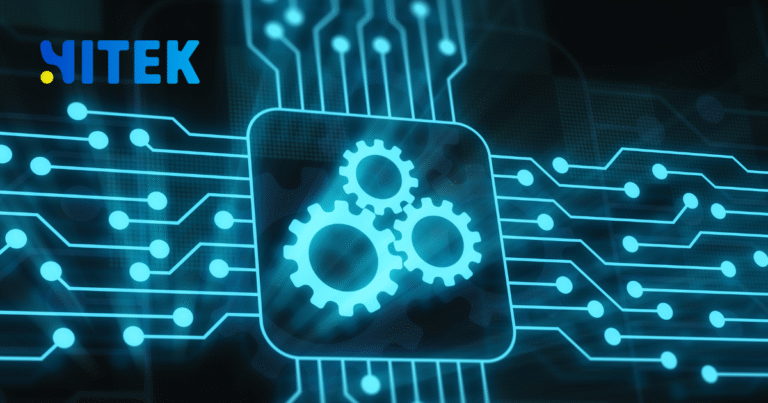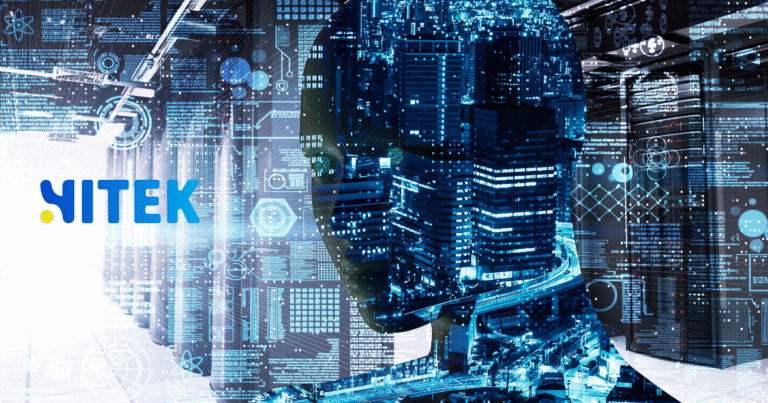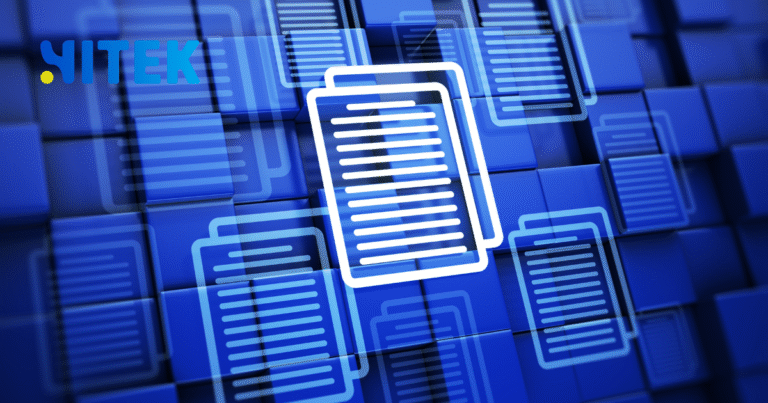Picture an architect, not with a blueprint, but with a dynamic, living model of a building. They can simulate decades of weather in minutes, stress-test the structure against impossible loads, and instantly generate a dozen better, more efficient designs. This isn’t the future of urban planning; it’s the present reality of software architecture, supercharged by artificial intelligence.
For Australian tech leaders and developers, the pressure to build scalable, secure, and resilient systems has never been greater. The old ways of manual design and intuition are buckling under the weight of complexity. Now, AI has stepped in, not as a replacement for the brilliant architect, but as the ultimate collaborator. It’s the powerful engine that turns grand visions into buildable, optimized realities.
Contents
ToggleFrom Intuition to Intelligence: The New Design Partner
Software architecture has always been a discipline of trade-offs. Performance versus scalability, innovation versus technical debt, speed versus security. Making these calls relied heavily on experience—an informed, but ultimately human, guess.
AI changes the game. By analyzing vast datasets from numerous projects—including performance metrics, codebases, and deployment outcomes—AI models can identify patterns and predict pitfalls that are invisible to the naked eye. This allows architects to move from reactive problem-solving to proactive, predictive design. It’s the difference between using a paper map and a live, traffic-aware GPS that reroutes you before you even hit the congestion.
The AI Toolbox for the Modern Software Architect
So, how does this collaboration actually work? AI integrates into the design process in several tangible ways, becoming a multi-skilled assistant.
1. Automated Design & Pattern Generation
Imagine describing the system you need in natural language and having an AI generate several high-level architectural options, complete with pros and cons tailored to your specific business constraints. This is no longer science fiction. AI can suggest proven patterns—like microservices, event-driven, or serverless architectures—and even generate the initial boilerplate code and infrastructure-as-code templates. Tools like Amazon CodeWhisperer and GitHub Copilot are already evolving from code completion assistants to broader design aids.
2. Performance Simulation and Optimization
Will your architecture withstand a Melbourne Cup-day level of traffic? AI-powered simulation tools can model and stress-test your design long before a single line of code is written. They can predict bottlenecks in data flow, identify potential single points of failure, and suggest optimisations. This capability is crucial for Australian businesses facing unique geographic challenges, ensuring low-latency experiences for users from Perth to Brisbane without the need for costly over-provisioning of resources.
3. Enhanced Security Posture from the Ground Up
Security can no longer be an afterthought bolted on at the last minute before release. AI integrates security into the very fabric of the design. By scanning architectural plans against global databases of vulnerabilities and attack vectors, AI can identify potential security flaws—such as insecure data storage or inadequate encryption strategies—at the design stage. This shift-left approach to security, championed by practices such as DevSecOps, is significantly accelerated by AI, enabling Australian companies to protect sensitive user data and comply with stringent regulations.
4. Technical Debt Identification and Management
Technical debt is the silent killer of innovation. AI tools can analyze your existing architecture and codebase to quantify technical debt, visualize its impact, and prioritize refactoring efforts. It can pinpoint areas where complexity is creeping in and suggest simplifications, ensuring the system remains agile and maintainable for years to come.
| AI Capability | Problem it Solves | Outcome for Australian Teams |
|---|---|---|
| Design Generation | Slow, manual initial design phase; limited pattern exploration. | Faster time-to-market; more innovative and optimised starting points. |
| Performance Simulation | Costly post-deployment scaling issues and unexpected bottlenecks. | Resilient systems that handle peak traffic (e.g., retail sales, event registrations). |
| Proactive Security | Discovering critical vulnerabilities late in the development cycle. | Stronger compliance with Australian privacy laws; reduced risk of data breaches. |
| Debt Management | Legacy systems are becoming increasingly unmanageable and stifling the development of new features. | Reduced long-term maintenance costs; sustained development velocity. |
The Human-AI Synergy: The Architect Remains in Charge
This is the most critical point: AI is not here to make the architect obsolete. The strategic vision, the deep understanding of business context, the creative problem-solving—these irreplaceably human skills are more important than ever.
AI handles the heavy lifting of data analysis and pattern recognition, freeing the architect to focus on higher-order thinking and problem-solving. It provides options, data, and predictions. The architect offers judgment, nuance, and ultimate decision-making. It’s a partnership where human creativity is amplified by machine intelligence.
What This Means for Australia’s Tech Landscape
For the Australian tech sector, this AI-driven shift is a powerful equaliser. It enables local startups and enterprises to architect systems with a level of sophistication previously only available to Silicon Valley giants with vast engineering resources. It means building products that are globally competitive from the ground up, designed to be efficient, secure, and scalable from day one.
Adopting these AI-augmented practices is key to strengthening Australia’s position as a significant player in the global digital economy.
The Future is Co-Designed
The next generation of software systems won’t be designed just by humans or by AI. They will be co-designed. The journey involves embracing new tools, developing a fluency in guiding AI, and learning to ask the right questions. The goal is to build better, more innovative, and more resilient software that powers Australian innovation for years to come.
The question isn’t whether AI will change software architecture; it’s whether it will shift software architecture. It already has. The real question is: how will you use it to build what’s next?
Are you exploring AI tools in your software design process? Share your experiences and the challenges you’re facing in the comments below.









